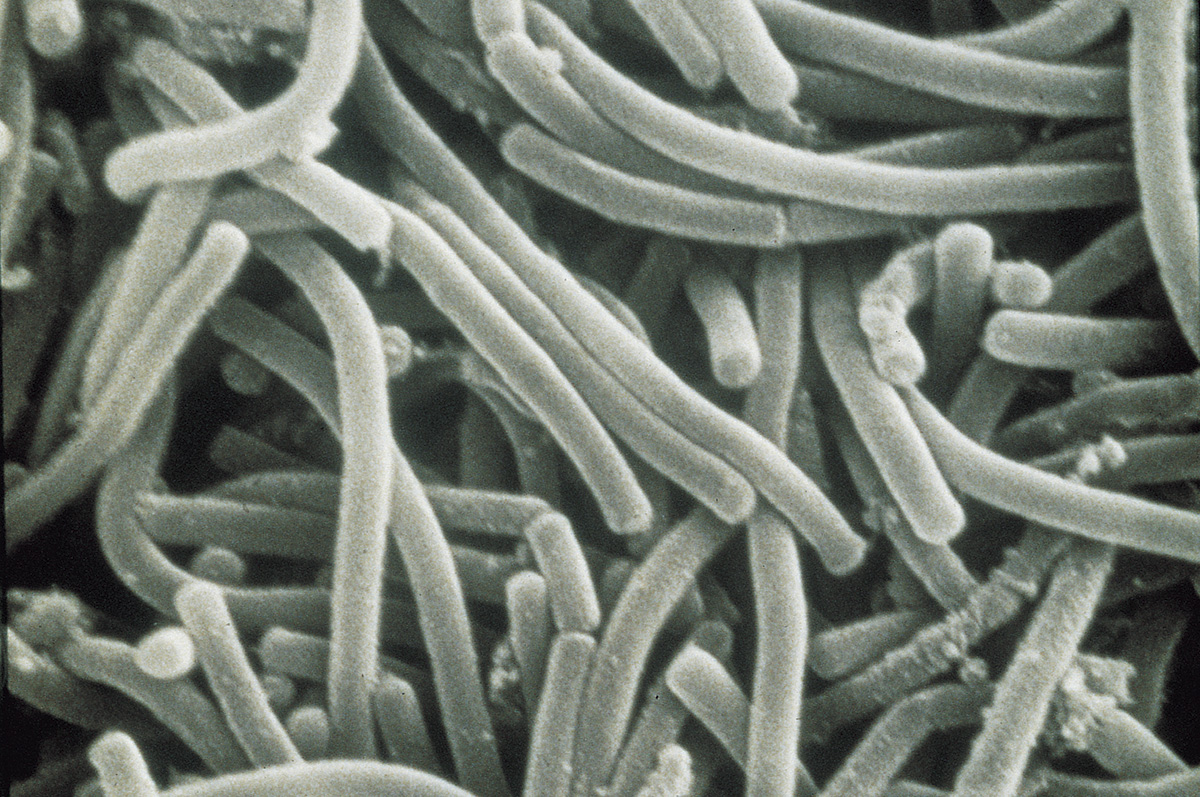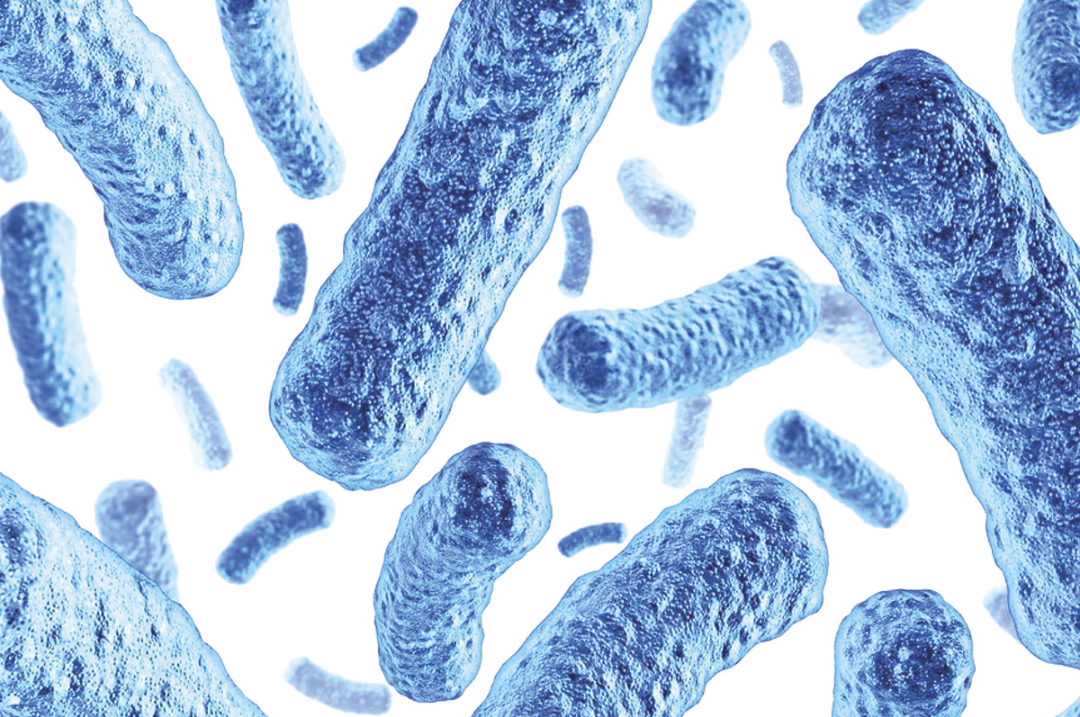When was the last time you experienced “the best of both worlds?” As a figure of speech, you simply enjoyed the advantages of two very different things or situations at the same time. Although it may not happen often, it is a welcome pleasure when it does.
In today’s dairy economy, with extremely high input costs and market volatility, you are probably wondering how we can be talking about the best of both worlds.
We often say, “We don’t feed the dairy cow, we feed the microbes in her rumen and lower gut.” There are a variety of classes of bacteria (cellulolytic, proteolytic, lactate-utilizers, hydrogen-utilizers, etc.), along with protozoa, fungi, archaea, mycoplasmas and phages that all play important roles in the rumen microbiome to support digestion, absorption and play a role in critical protective functions of the digestive tract.
Just as complex is the variety of feed additives and specialty ingredients available for inclusion in diets. Articles may tout claims to improve digestion, efficiency or milk production; however, it’s important to focus on the research behind these products and understand how they work.
The term “probiotics” includes lactic acid bacteria (LAB) and bacillus species that provide different benefits to the animal.
Lactic acid bacteria (LAB)
Until recently, LAB were the most common form of probiotics used in ruminant diets. LAB are nonmotile but capable of colonizing the gut. They typically belong to the normal microbiota of the gastrointestinal (GI) tract, specifically the intestine.
Probiotic functions for LAB range from bioconversions, production of growth substrates, direct antagonism of other bacteria, competitive exclusion of specific pathogens, supporting intestinal barrier function by enhancing normal secretions from goblet cells, reducing inflammation and supporting immune function. However, not all LAB perform all these functions all the time. Recent research has demonstrated that certain human and animal LAB probiotics can protect the protein junctions between intestinal epithelial cells, maintaining their integrity when presented with inflammatory substances or pathogens that may lead to “leaky gut” syndrome.
Probiotic strains such as Lactobacillus animalis and Propionibacterium freudenreichii, in combination, have been shown repeatedly to inhibit E. coli O157:H7 and salmonella in growing and finishing beef cattle, thus having a positive impact on food safety. Furthermore, these strains have greatly reduced non-metabolic adverse health events (e.g., death, displaced abomasum, metritis, etc.) in lactating dairy cows and led to improvements in total tract digestibility of nutrients, specifically fiber and starch. Unfortunately, LAB are sensitive to heat; therefore, they lose their viability when included in feed mash and put through a pellet mill under considerable heat and pressure.
 Courtesy photo.Bacillus species
Courtesy photo.Bacillus species
Bacilli are ubiquitous soil bacteria that perform a variety of functions in the natural world. If you have mud or manure on your boots, you are probably tracking bacilli everywhere you go.
Bacilli as probiotics have been included in poultry and swine diets for over 25 years with tremendous benefit to the health and productivity of those animals. More than 600 trials have been completed on bacillus-based probiotics fed to monogastric species documenting the improved feed utilization and pathogen inhibition capacity of bacilli. In addition, bacillus-based probiotics have been researched in pre- and post-weaned calves, showing improved growth rates and feed efficiency.
The primary reason that bacillus-based probiotics have been used extensively in monogastric industries is due to their spore-forming characteristic and ability to withstand the temperature and pressure of pelleting while remaining viable. Bacilli are motile and can move as single cells or as multi-cellular swarms or sliding sheets. Fairly recent evidence suggests that bacilli are capable of colonizing the gut through the formation of biofilms. While biofilms may have a negative connotation when we talk about hygiene (bottles, buckets), in the GI tract of the animals, this type of biofilm acts as a protective layer to the intestinal epithelium.
Strain matters
All the research performed with probiotics has demonstrated the importance of stringent strain selection, as no two strains of bacteria are 100% alike. While one strain might be great at enzyme production, it might not germinate under conditions that would benefit the animal. For example, just because company A has a Bacillus subtilis organism doesn’t mean it is remotely similar in functional characteristics to a B. subtilis offered by company B. Think about disease-causing bacteria like the numerous species of clostridium. Only some of them cause disease in ruminants.
Bacteria strains can differ significantly in traits such as tolerance to oxygen, salt, bile, optimal pH and the list goes on. Furthermore, they differ in the products they produce and their primary modes of action: for instance, acids, enzymes and expression of peptides inhibitory to other microorganisms. These and many other traits are extremely important when selecting organisms for use as probiotics. Does strain of bacterial probiotic matter? Absolutely, strain matters.
Producing effective probiotics with extensive quality control
Propagating beneficial bacteria for use as probiotics is a rigorously controlled process from identification and selection to stabilization. With numerous production and packaging sites globally, our company has adopted “One plant, many locations” as our overreaching quality control tagline. Specifically, “Consistent results start with consistent quality” in terms of identity, purity, quantity, flow and mixability, and viability.
Current good manufacturing practices and automation streamline the production flow. No less than 10 in-process samples are obtained for purity checks. At least 45 different analyses from fermentation to batch release are performed for microbial and chemical contaminants. Lastly, patented moisture-scavenging technology ensures these probiotics are viable through the end of their stated shelf life.
Research
Ultimately, the value of any probiotic is the research demonstrating its efficacy across a variety of feeding scenarios under reasonably controlled conditions in combination with extensive peer-reviewed research that validates in-depth in vitro testing done in the laboratory. In vivo on-farm results in lactating dairy cows that yield repeatable beneficial outcomes should be expected when considering probiotics to improve rumen and lower GI function and health. Therefore, it’s important to say, “Show me the data.”
By combining science-based, research-proven LAB and bacilli into one probiotic package to mitigate pathogens and to improve and maintain a healthy gut, we can enjoy the advantages and benefits of the best of both worlds. It’s important knowing the company and processes used to ensure quality probiotics in every pouch, every time.










